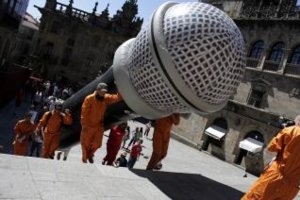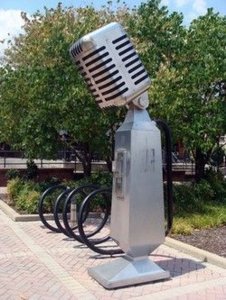Hey guys,
Thanks for your advice. I'm still swaying between multiple solutions. Most individuals seem to describe the Rode NT1A as very bright, and the NT1 in general with a more pleasant sound, but still quite bright. So both seem to be rather out of choice for me.
After some research I definitely would love to go with a condenser mic. Possibly in the range of 100 USD till 250 USD as absolute max. No idea if it's known outside Europe, but what do you guys think about the Behringer B2, or any other potential alternatives?
Thanks!
-https://Fredericbernardmusic.com (Frederic)
Thanks for your advice. I'm still swaying between multiple solutions. Most individuals seem to describe the Rode NT1A as very bright, and the NT1 in general with a more pleasant sound, but still quite bright. So both seem to be rather out of choice for me.
After some research I definitely would love to go with a condenser mic. Possibly in the range of 100 USD till 250 USD as absolute max. No idea if it's known outside Europe, but what do you guys think about the Behringer B2, or any other potential alternatives?
Thanks!
-https://Fredericbernardmusic.com (Frederic)










